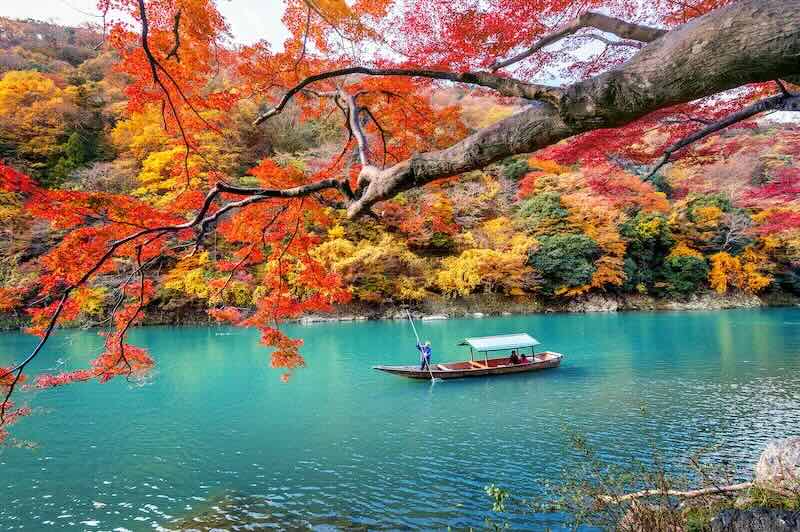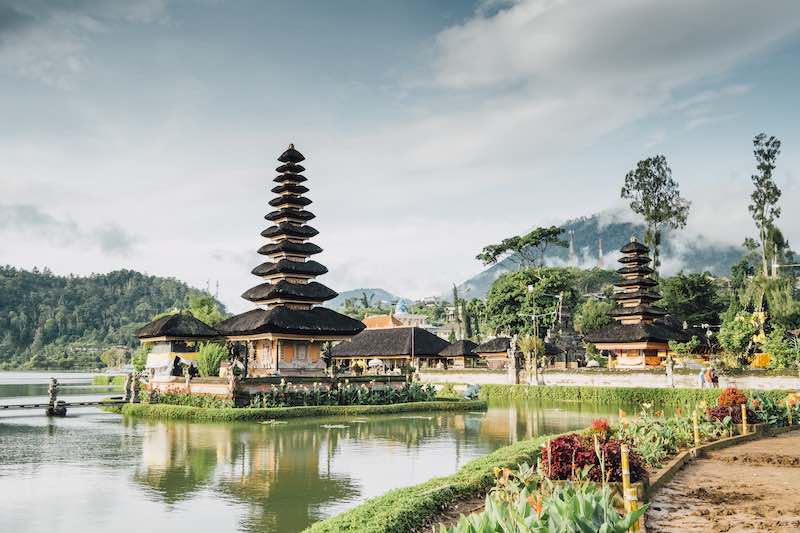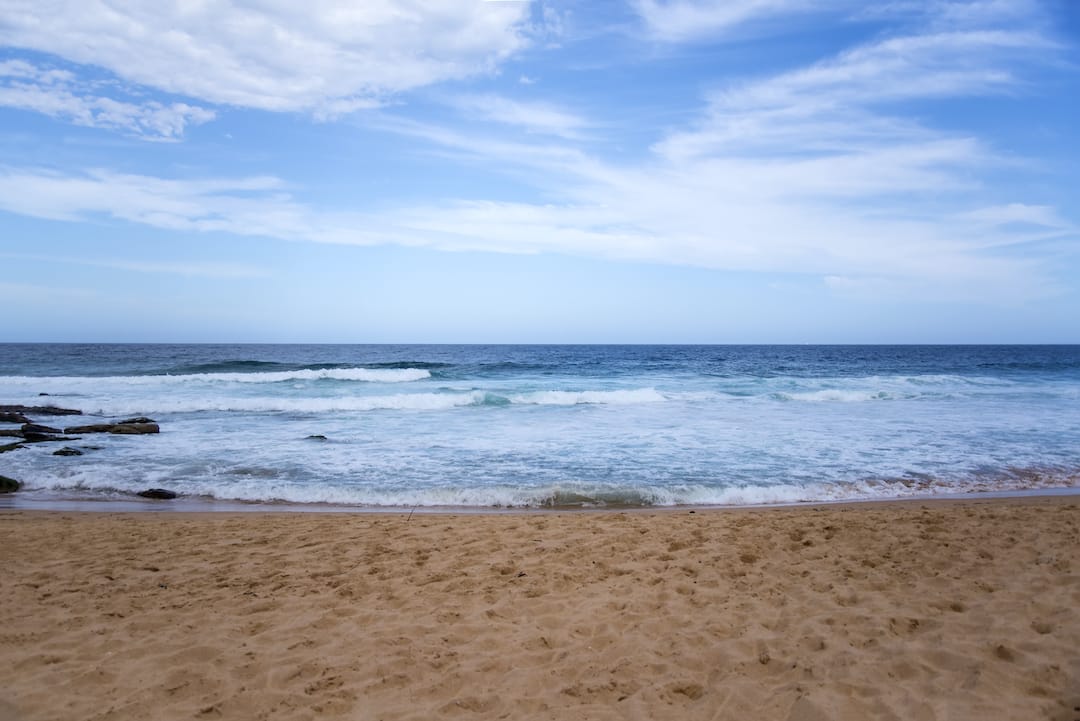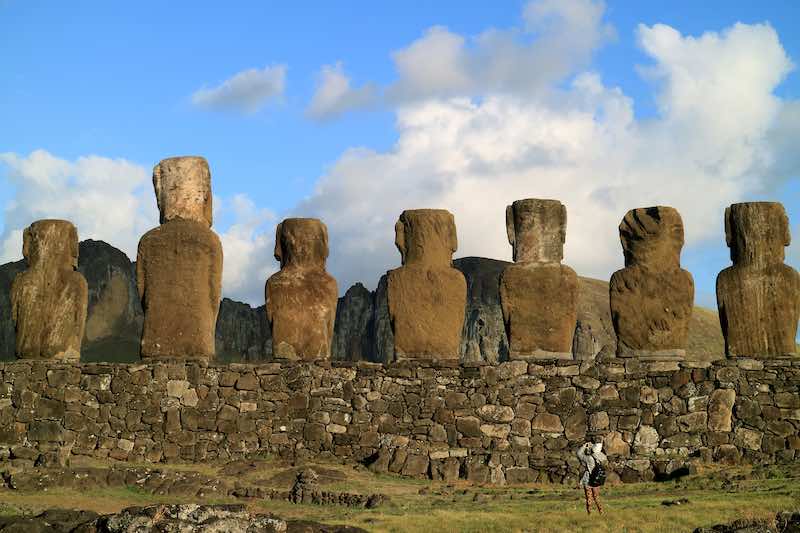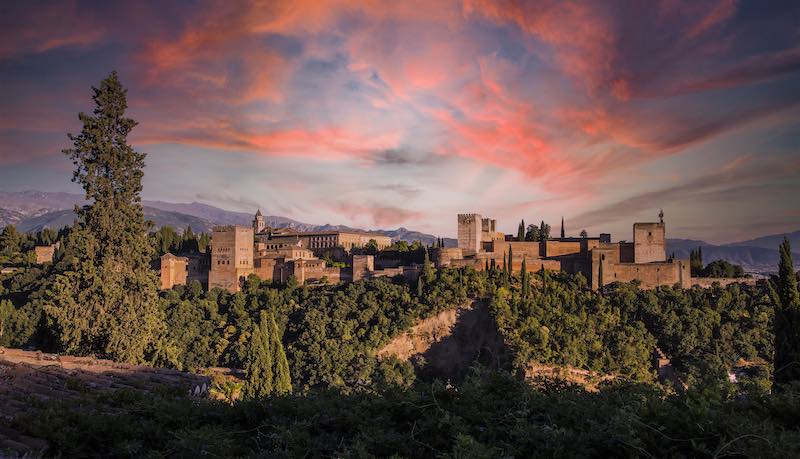Nestled in the heart of the Aegean Sea, the island of Santorini, Greece, is a destination that captivates every traveler’s heart.
Known for its breathtaking sunsets, unique architecture, and exquisite cuisine, this enchanting island is nothing less than a paradise on Earth.
With its stunning caldera views and volcanic landscapes, Santorini is not just another travel destination.
It’s a place where the azure sea meets the sky, history whispers through the narrow cobblestone streets, and every sunset paints a picture worth a thousand words.
This post will take you on a journey through the captivating corners of Santorini, exploring its history, culture, and natural beauty, and uncover why it should be a must-visit on your travel bucket list.
A Glimpse into Santorini’s History
Santorini’s history is as colorful and dramatic as its famed sunsets. The island was first inhabited by the Minoans, a Bronze Age civilization, around 3000 BC.
However, the volcanic eruption around 1600 BC, one of the largest in recorded history, dramatically shaped Santorini’s unique landscape and culture.
The Ancient City of Akrotiri
One of Santorini’s most significant archaeological sites is the ancient city of Akrotiri. Preserved under layers of volcanic ash, Akrotiri provides a fascinating glimpse into the prehistoric life on the island.
The well-preserved buildings, frescoes, and artifacts discovered here indicate a highly developed civilization that thrived thousands of years ago.
A visit to Akrotiri is like stepping back in time, offering a rare opportunity to walk through the streets of a city flourishing at the height of the Minoan period.
The Mythological Connection of Santorini
Santorini’s history is intertwined with Greek mythology.
The island is often identified as the legendary Atlantis, the advanced civilization that Plato described as swallowed by the sea in a single day and night of catastrophic earthquakes and eruptions.
Whether or not Santorini is the actual site of Atlantis remains a subject of debate, but the connection adds a layer of mystery and intrigue to this already captivating island.
The mythological allure of Santorini extends beyond Atlantis.
According to legend, it was here that the giant Typhon was buried, and the island was named “Stongyle,” which means ’round’ – a nod to its circular shape before the volcanic eruption.
In Santorini, every corner whispers tales of ancient times, making it a compelling destination for history buffs and mythology enthusiasts alike.
The Unique Architecture of Santorini
The architecture of Santorini is one of its most defining features, a perfect blend of simplicity and elegance that sets it apart.
The island’s buildings reflect the resilience and ingenuity of its people, who have adapted to the unique volcanic landscape to create structures of unmatched beauty.
The Iconic White and Blue Buildings
The quintessential image of Santorini is of whitewashed buildings clinging to the cliffside, their blue domes matching the azure of the Aegean Sea.
This is Cycladic architecture at its finest, characterized by cubic forms, flat roofs, and an absence of unnecessary details.
These buildings were traditionally painted white to reflect the harsh summer sun and keep the interiors cool.
The vibrant blue domes are not just aesthetically pleasing; they also have religious significance. The blue color is associated with the Greek Orthodox Church and symbolizes the heavens and the divine.
The Charming Windmills
Santorini is also home to several charming windmills, remnants of a time when wind power was used to grind grain.
While no longer operational, these windmills add a nostalgic charm to the island’s landscape and remind it of its rural past.
The Cave Houses of Santorini
Another unique architectural feature of Santorini is its ‘yposkafa,’ dwellings excavated directly into the volcanic rock.
These cave houses were easy and inexpensive to construct and provided excellent insulation against the heat and cold.
Today, many of these cave houses have been converted into chic hotels and private residences, offering visitors a unique opportunity to experience this traditional form of Santorinian living.
Exploring the Beaches of Santorini
Santorini, the jewel of the Aegean Sea, is home to some of the most unique beaches in the world.
The island’s volcanic origin has led to beaches with sands ranging from white to red to black, adding a touch of drama to the already stunning landscapes.
Red Beach
One of the most famous beaches on the island is Red Beach, with its distinctive reddish sand and towering red cliffs. Its unique hue comes from iron-rich minerals in nearby ridges that the sea has eroded over time.
Red Beach provides an ideal spot for sunbathing and swimming and a stunning backdrop for photos.
White Beach
One of the most popular beaches on Santorini is White Beach, known for its white sand and clear waters. Despite its popularity, this beach retains its tranquil ambiance and provides an excellent spot for snorkeling and swimming.
Black Beach
Black Beach is one of the most unique beaches on Santorini, characterized by its black sand and dramatic cliffs. The dark-colored sand is pieces of pumice produced by the volcanic eruption.
The beach’s unusual hue makes it a popular spot for photos and sunbathing.
The Gastronomic Journey in Santorini
Santorini isn’t just about beautiful landscapes; it’s also a culinary paradise.
The island’s unique volcanic soil imparts a distinctive flavor to the local produce, making the food here unlike elsewhere in Greece.
The Richness of Local Produce
Santorini’s nutrient-rich volcanic soil imbues the island’s produce with a depth of flavor that’s incomparable. The island’s cherry tomatoes, white aubergines, capers, and fava beans are renowned for their exceptional taste, making each dish a culinary experience.
The Signature Dish: Tomatokeftedes
A significant highlight of Santorini cuisine is the Tomatokeftedes, or tomato fritters, a local delicacy made from the island’s famous cherry tomatoes. These fritters are a perfect blend of crispy and soft, providing a taste that is simultaneously refreshing and comforting.
The Unforgettable Vinsanto Wine
The volcanic soil also lends itself remarkably well to viticulture, producing wines with a distinct minerality. The island’s signature sweet wine, Vinsanto, is a must-try for any wine enthusiast. It is made from sun-dried grapes, producing rich, complex, and incredibly flavorful wine.
The Unique Dining Experience
Dining in Santorini is not just about the food but the entire experience. Many restaurants offer breathtaking views of the caldera and the Aegean Sea, providing a dining experience that’s truly unforgettable. It’s no wonder Santorini is considered a food lover’s paradise.
Local Wines and Wineries to Visit
Santorini’s volcanic soil influences not only its produce but also its vineyards.
The Assyrtiko grape thrives in this soil, producing dry, full-bodied white wines with a distinctive mineral aftertaste.
Visit one of the many wineries dotting the island, such as Santo Wines or Venetsanos Winery, to learn about the wine-making process and sample these unique wines.
Visiting one of the many wineries that dot the island landscape is essential to the Santorini experience.
Santo Wines, the largest winery on the island, offers a fascinating glimpse into the wine-making process and panoramic views of the caldera.
Here, you can sample various wines, including the renowned Assyrtiko, while basking in the stunning scenery.
Another must-visit is Venetsanos Winery, perched high above the port of Athinios.
This winery, known for its innovative wine-making techniques, offers guided tours that provide an insight into the history of wine-making in Santorini, coupled with tastings of their exceptional wines.
These winery visits satisfy your palate with unique flavors and enrich your knowledge about the island’s wine culture.
Best Time to Visit Santorini
Deciding when to visit Santorini depends mainly on your preferences. If you’re a sun-seeker looking to enjoy the beaches and the famously clear Aegean waters, the summer months of June to September would be ideal.
However, keep in mind that these months are also the busiest. For those who prefer milder weather and fewer crowds, the shoulder seasons of April-May and October-November are perfect.
Top Things to Do in Santorini
From historical sites to hiking trails, Santorini offers a variety of experiences to its visitors.
Visit the Famous Ruins of Akrotiri
Akrotiri is one of Greece’s most important archaeological sites and a must-visit for anyone interested in Greek history.
This Bronze Age city was destroyed by a volcanic eruption in the 16th century BC and remarkably well preserved by its ash.
As you explore this site, you will get an insight into the daily life of the Minoan civilization.
Take in the View from Oia
Oia, perched atop a cliff overlooking the caldera, is the most iconic spot on Santorini.
From here, you can marvel at the breathtaking views of the blue Aegean Sea and the surrounding landscape.
Wander through its narrow, winding streets and explore the churches, galleries, and shops.
Take advantage of the golden hour here – a magical time for photos!
Explore Fira’s Streets on Foot or by Donkey
Fira is the capital of Santorini and a great spot to explore its history and culture. Stroll down the labyrinthine cobblestone streets lined with whitewashed houses and blue-domed churches.
For a truly unique experience, take a donkey ride up the steep …

